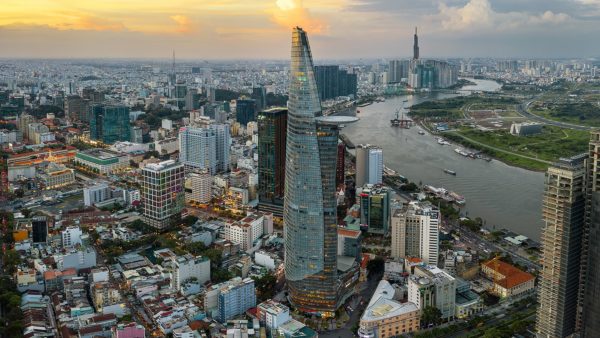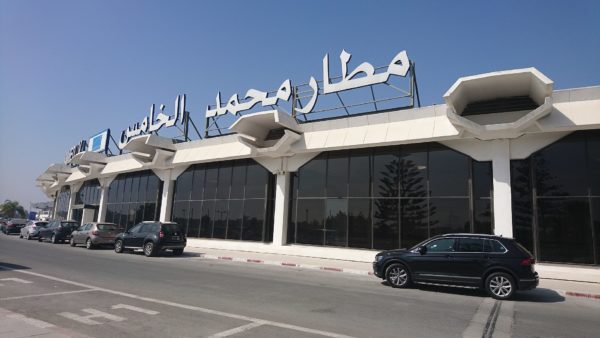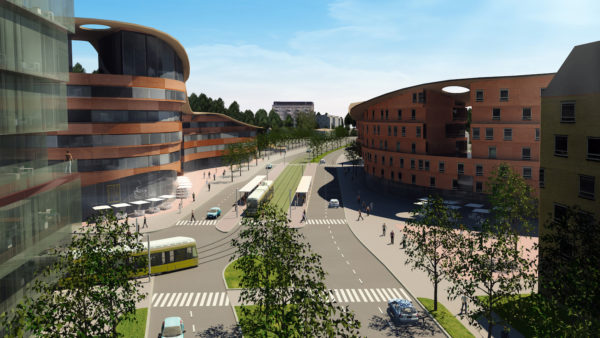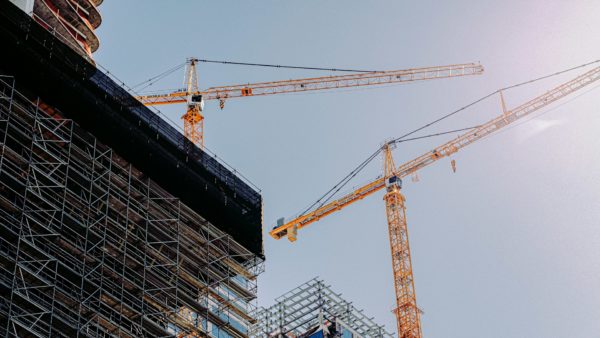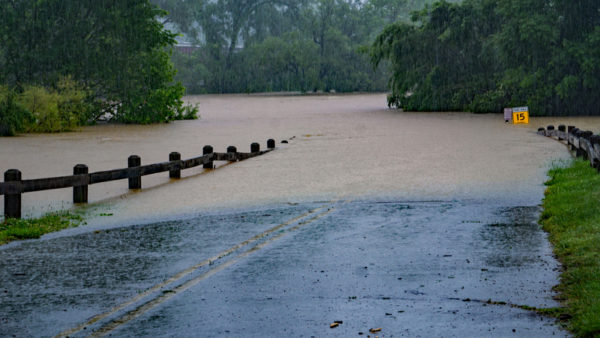One effect of the worsening security situation in northern Iraq is the rapid improvement in diplomatic relations between Iran and the West. On Tuesday, the UK announced that it would reopen its embassy in Tehran, which has been closed since it was attacked by a mob in November 2011. The day before, American diplomats in Vienna held brief talks with their Iranian counterparts over measures to halt the offensive of Sunni jihadists in Iraq.Â
The thawing of relations makes it more likely that sanctions imposed by the UN Security Council and bilaterally by the US and the EU will be further relaxed. Once they are, Iran is likely to become one of the world’s fastest growing markets for construction services, and countries such as China and South Korea are already jockeying for market share.
The turning point in the cold war between Iran and America came this time last year, with the election of the relatively moderate government of Hassan Rouhani. Rouhani’s pitch to the voters was that he would end the Islamic republic’s international isolation and use the increase in government revenue that would result to tackle its two principal problems: unemployment and the shortage of housing.
Once the initial projects take off, it will lead to large orders from Iran. In the near-term, we are targeting project exports in the rail sector worth at least $5bn– India Exim bank official
The new administration took over as Iran’s exports of crude oil reached a 10-year low of 700,000 barrels per day (bpd), about a third of the level before sanctions. At that time, Bijan Zanganeh, Iran’s oil minister, estimated that sanctions were costing the country up to $8bn a month which, added up over a year, is more than the country’s annual expenditure on construction.
This situation has since improved greatly. According to figures released from the Organisation of Petroleum Exporting Countries last Thursday, Iran’s oil production rose to 2.8 million bpd in the first quarter of this year, and the International Energy Agency has just reported that oil exports now stand at 1.3 million bpd.  Â
The construction market
Traditionally, the foreign country most involved with Iran’s construction industry has been South Korea. Two multinationals, Hyundai E&C and Daelim, opened offices in Tehran before Korea’s finance ministry lifted the majority of its sanctions on 17 March.
According to the International Contractors Association of Korea, Iran’s construction market was worth about $89bn in 2013. Even without the relaxation of sanctions, the association predicted that this figure would reach $154bn by 2016. Now that the embargo is weakening, the market looks set to grow even more quickly.Â
Zanganeh said last week that the country aimed to increase oil production to 5.7 million bpd within the next three years, and oil revenue presently makes up 70% of Iran’s gross domestic product. To do that, the country is hoping to open its domestic market to foreign investment: yesterday, the National Iranian Oil Company introduced 41 projects, valued at $100bn, to foreign investors at the 21st World Petroleum Congress in Moscow.
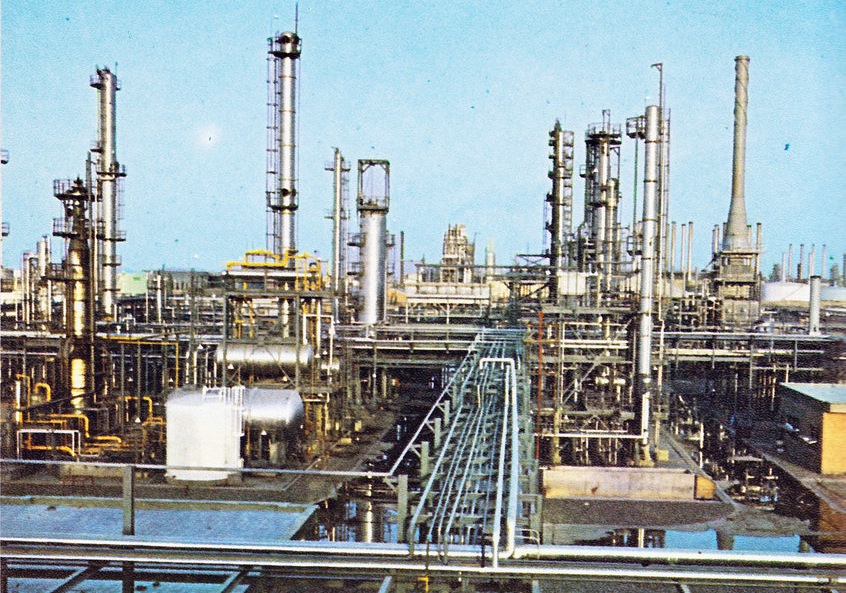
Iran’s first petrochemical plant and refinery was in Abadan
As with every other hydrocarbon economy in the Gulf region, Iran is also seeking to diversify away from oil production, and to capture more of the petrochemical value chain. The first big market for construction firms is therefore chemical facilities, and here China has proven to be the quickest on the contractual draw.
Mohammad Hassan Peyvandi, the deputy head of National Petrochemical Company, told the Fars News Agency last week that China planned to allocate $2.7bn to the construction of a petrochemical complex in the southern port city of Bushehr. It has also agreed to finance seven methanol projects.Â
Keyvan Kashefi, the head of Kermanshah’s Chamber of Commerce, said on Tuesday that Chinese investors also wanted to finance in the construction of steel and ingot production plants in Kermanshah province. And in the north-west of the country, China has agreed to spend $1bn on the construction of an irrigation network around the reservoir of the Khoda Afarin dam.
Another sector that is set for rapid growth is railways. The Iranian government is planning to expand the country’s 13,000km network to cover 25,000km by 2025. On Tuesday, India’s Exim bank announced that it was in talks with the government of Iran over a $5bn loan for railway investment. A bank official told The Tehran Times: "Iran’s interests in expanding its rail network matches our economic and strategic interests, too. Once the initial projects take off, it will lead to large orders from Iran. In the near-term, we are targeting project exports in the rail sector worth at least $5bn."
One of the strategic interests referred to is generally thought to be the building of a transport corridor to central Asia and Afghanistan that bypasses Pakistan.
Meanwhile, Reuters reported last month that Russia planned to sign an agreement with Iran this year to construct up to eight nuclear reactors. A source told Reuters: "Russia and Iran may sign an intergovernmental agreement this year on building from four to eight reactors." The source noted that negotiations on the agreement were at the final stage, adding that two reactors could be constructed at the Bushehr Power Plant and six at other sites across Iran.
Russian state nuclear corporation Rosatom had earlier pointed to its negotiations with Iran on the potential construction of more reactors, but it has not made any comments on the news so far. President Vladimir Putin praised Iran as a long-standing reliable partner and underlined Moscow’s determination to continue co-operation with Tehran.






